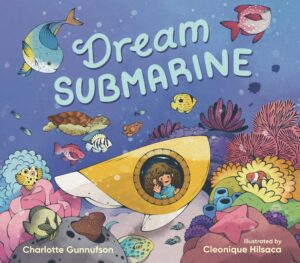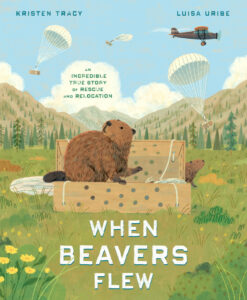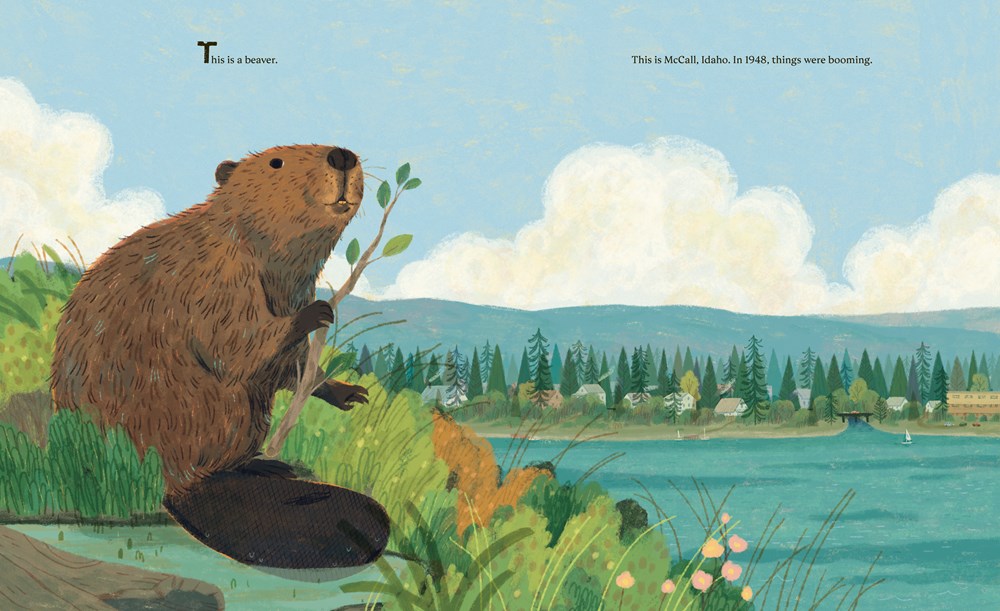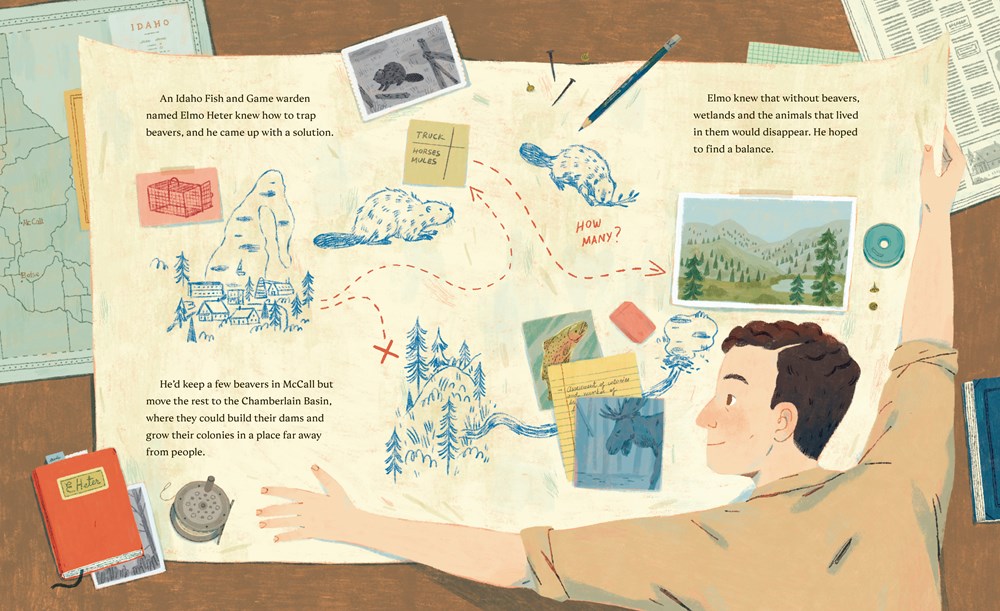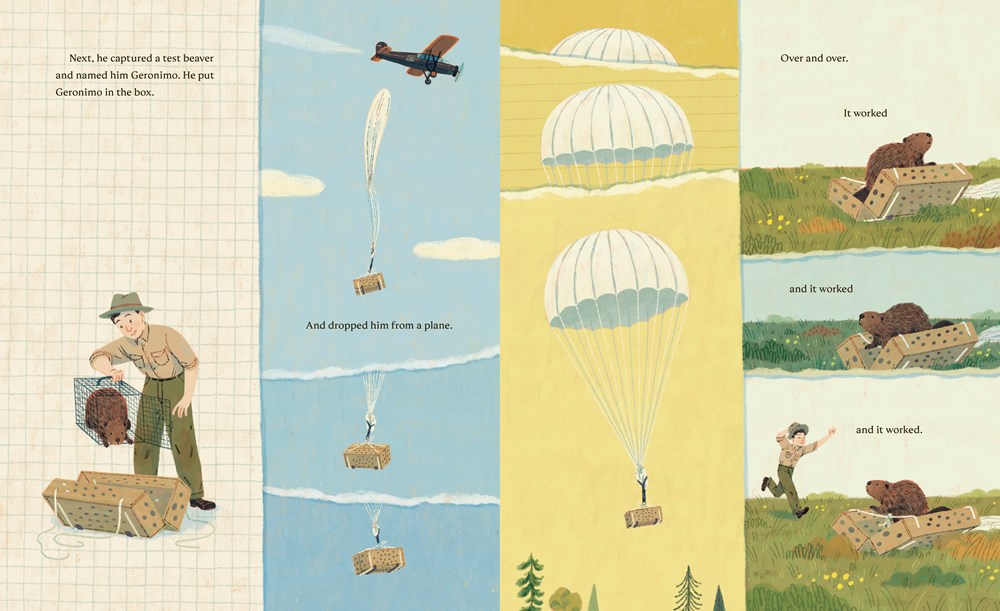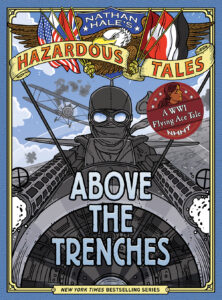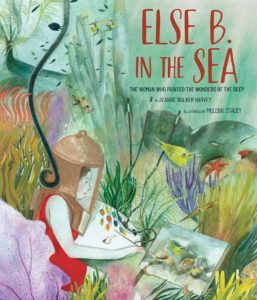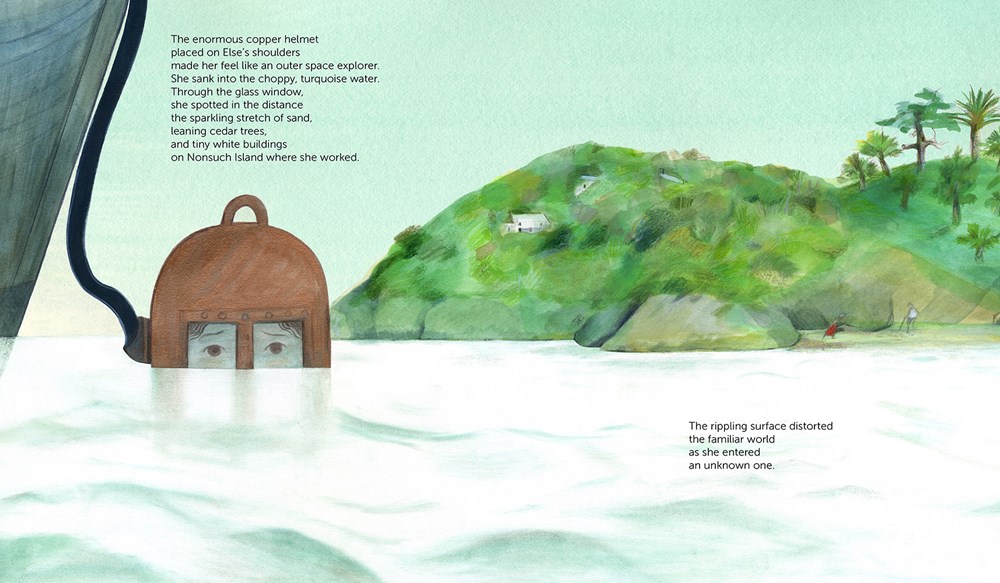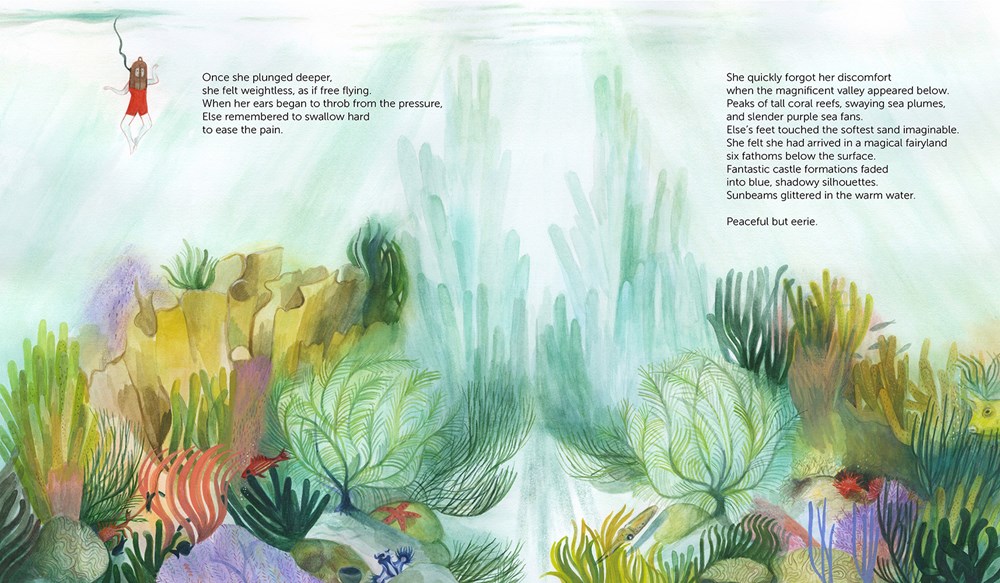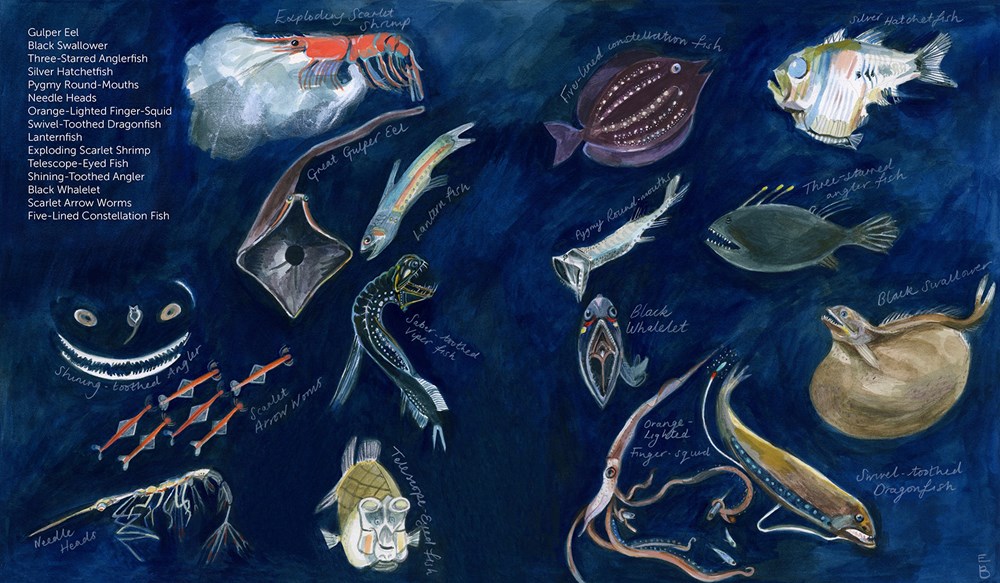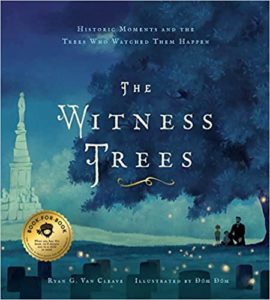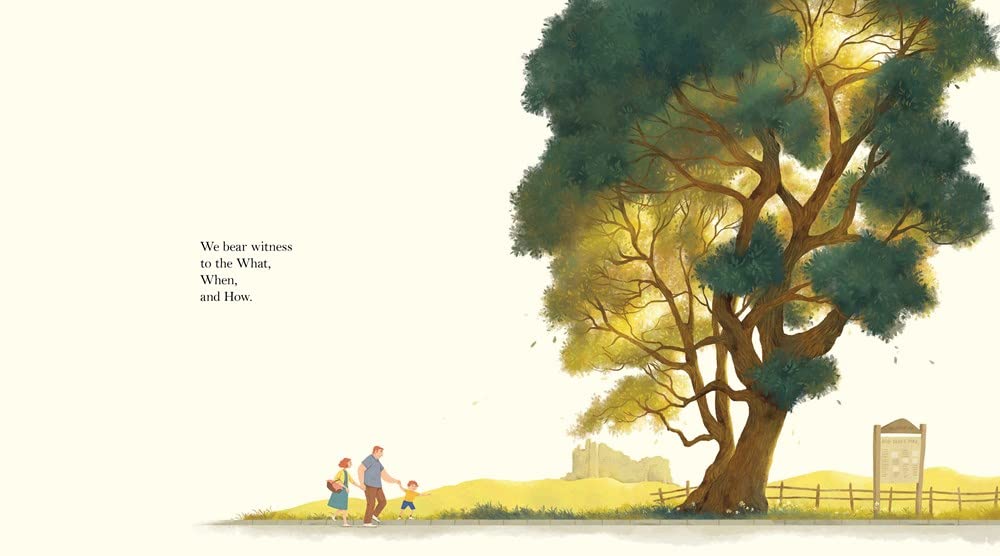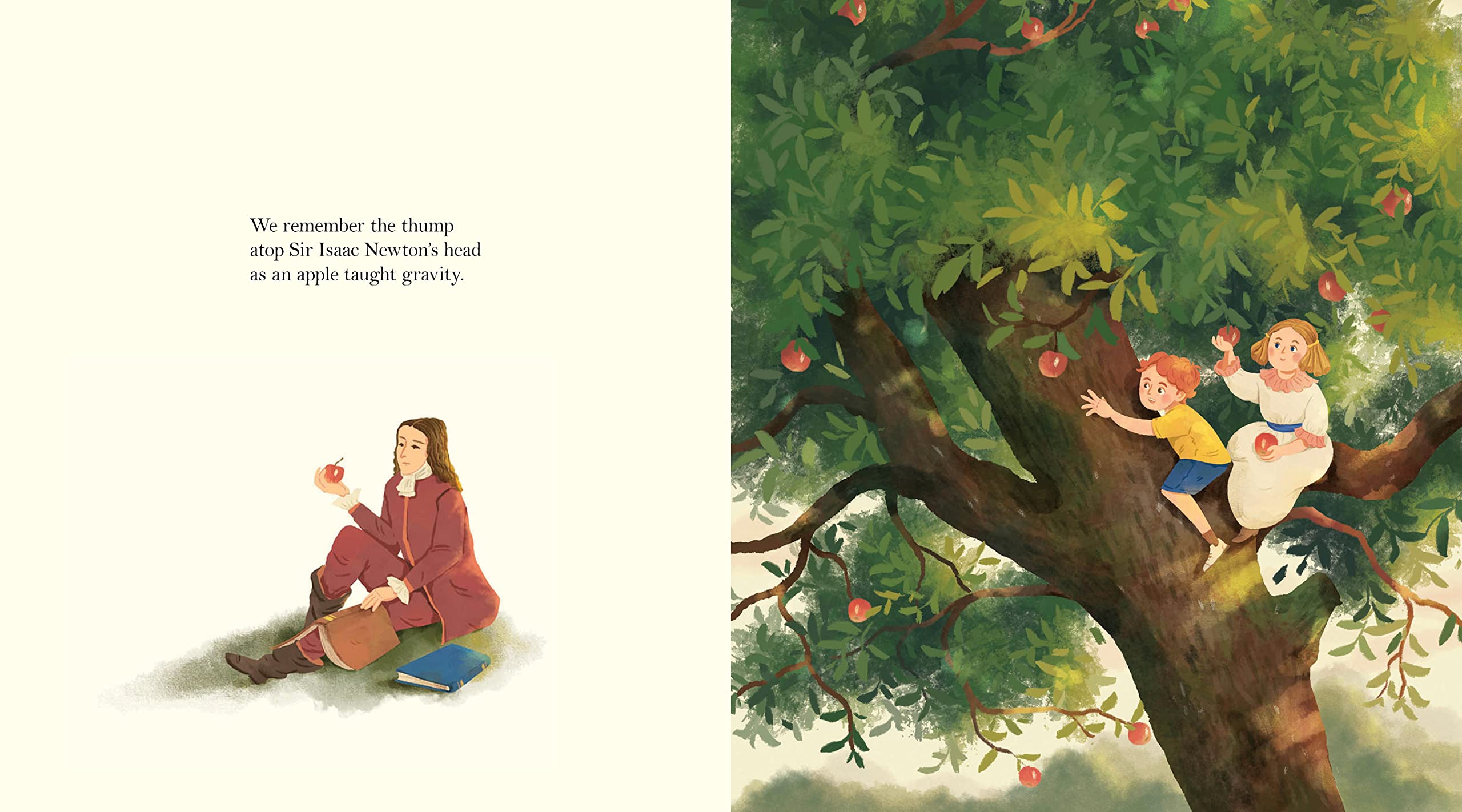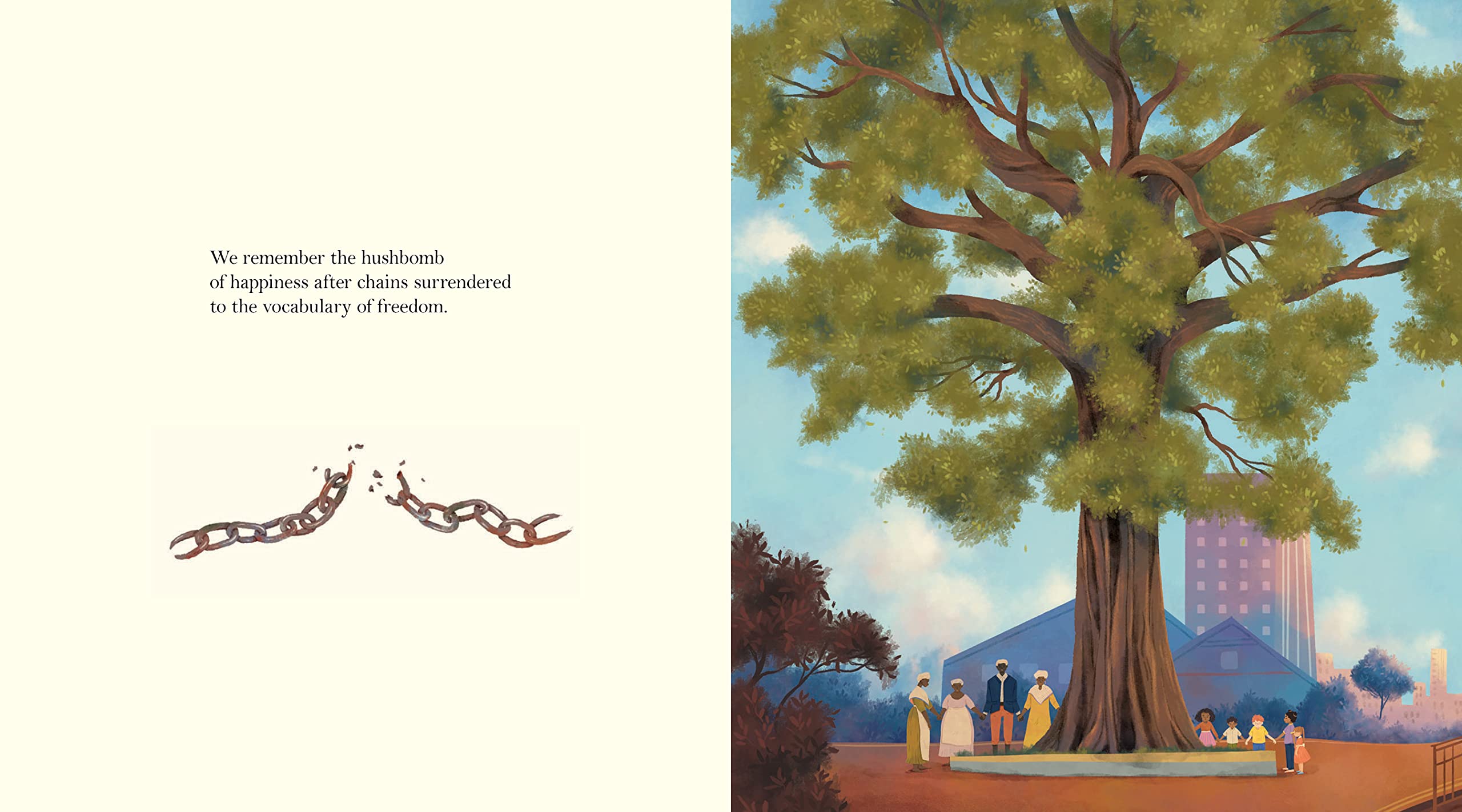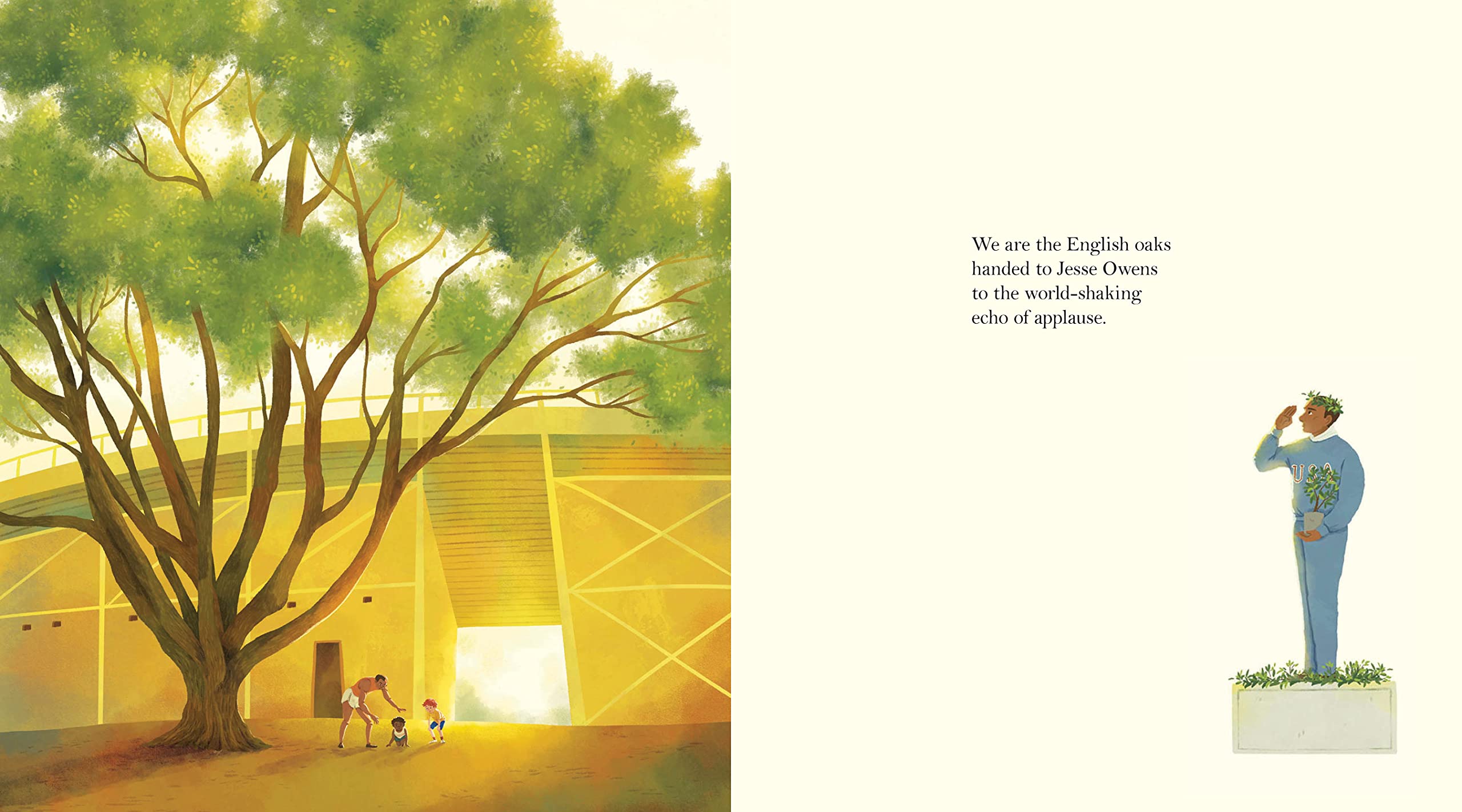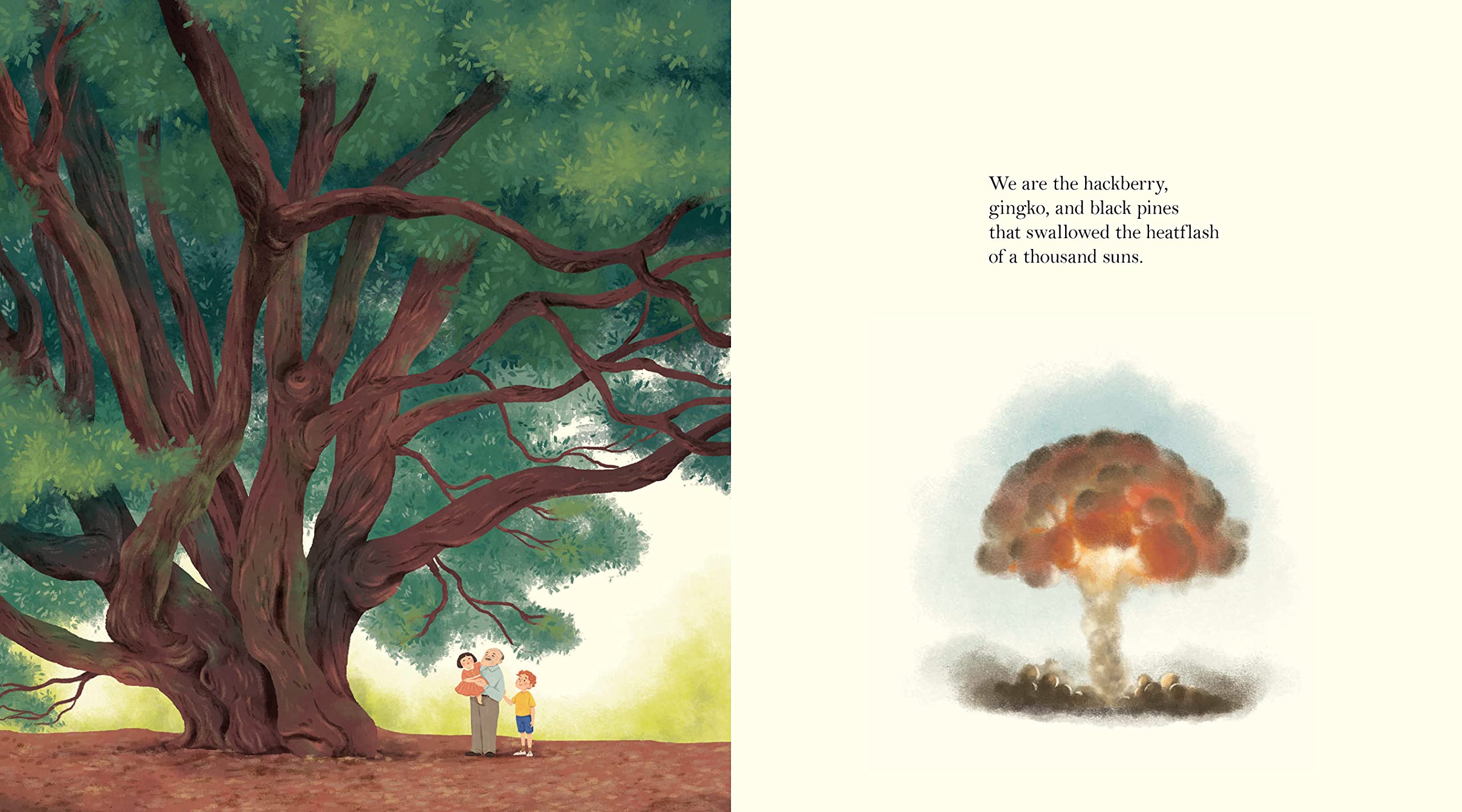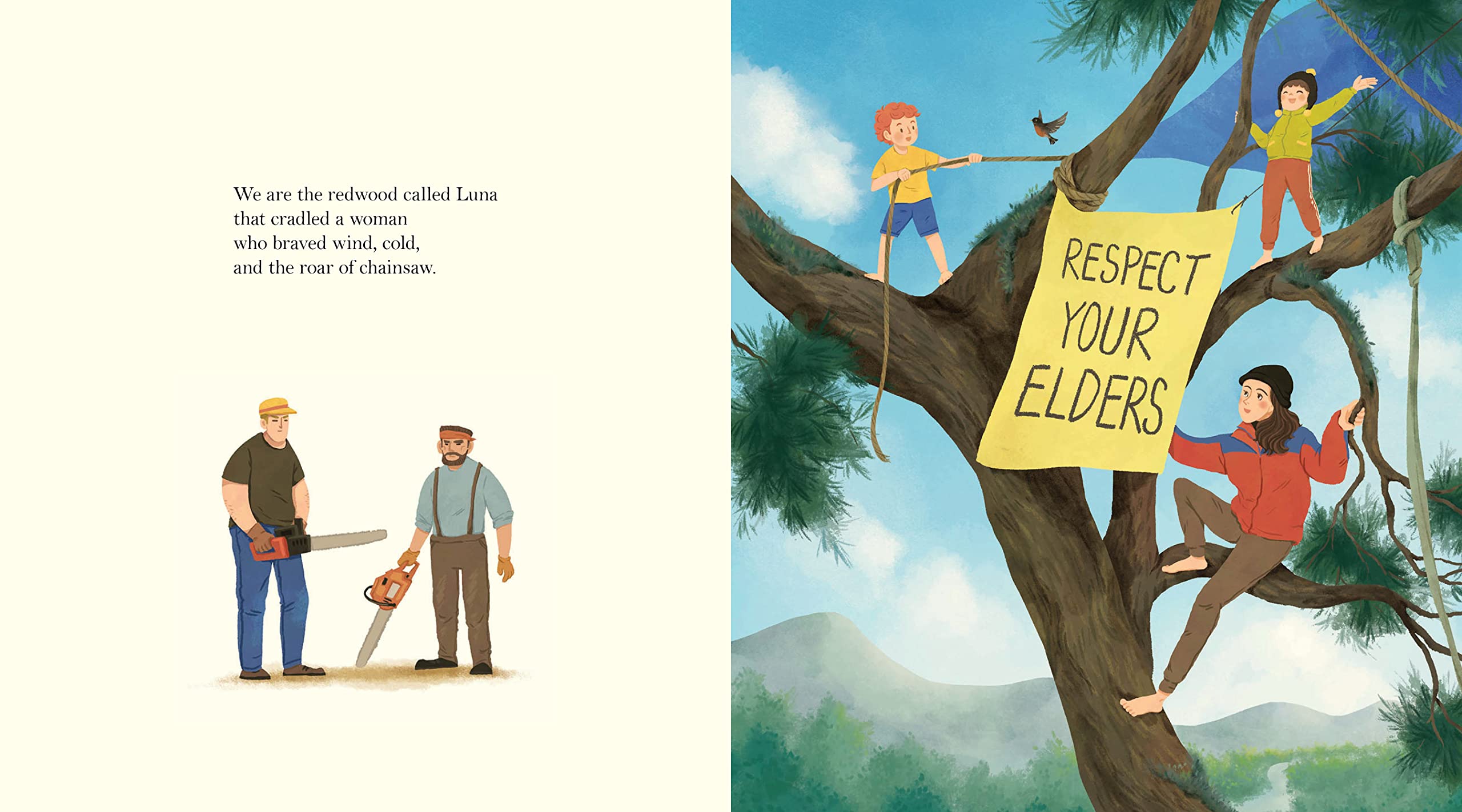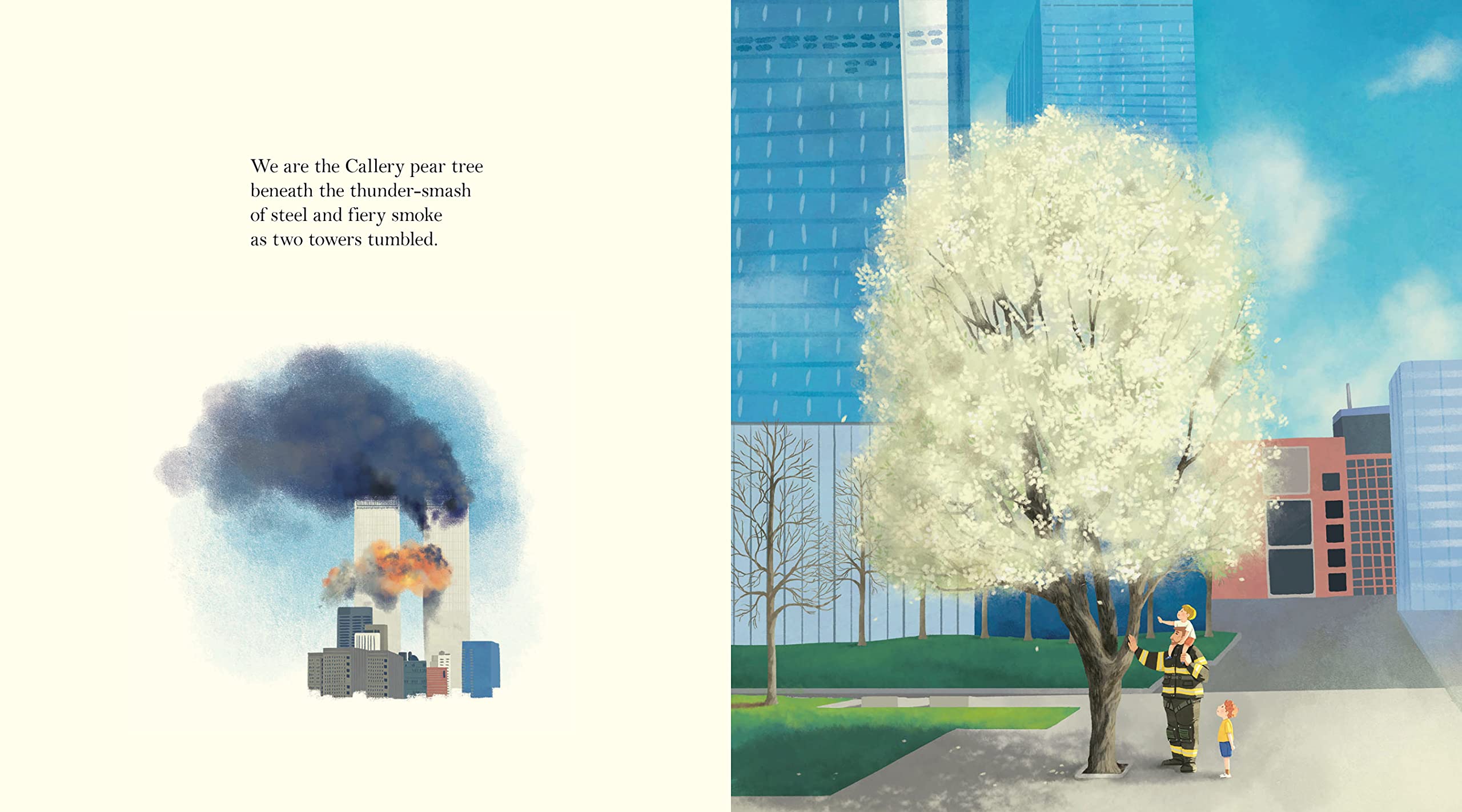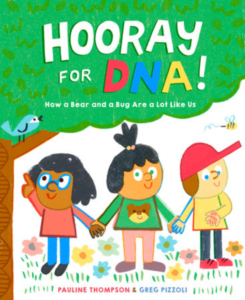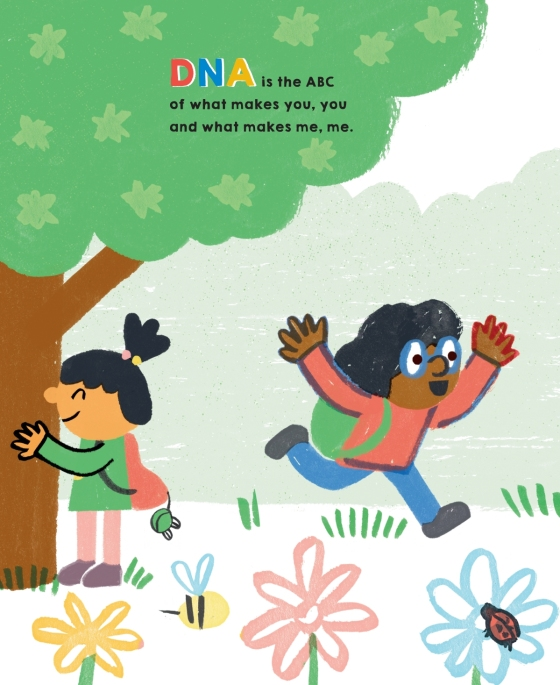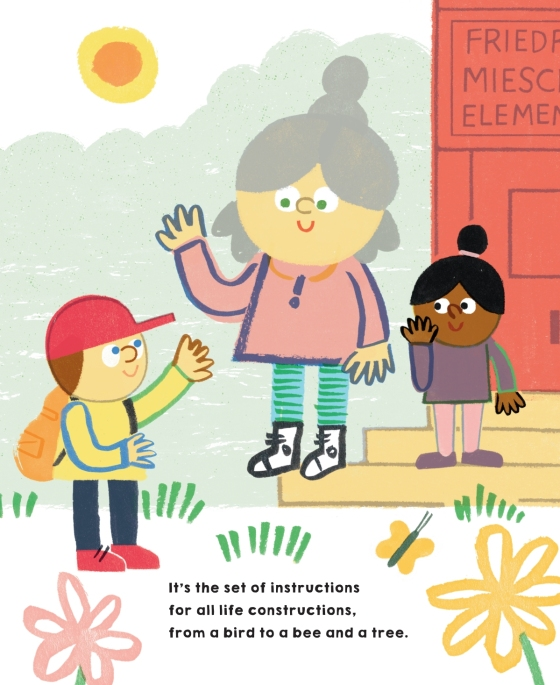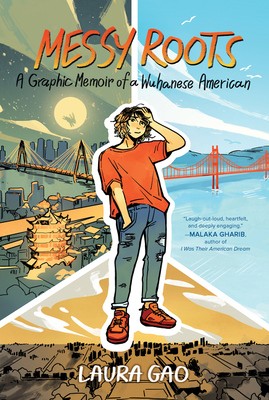“Back Matter Can Be the Beginning”
Back matter is found at the end of a book, but it can be the beginning of a new interest, an invitation to explore and learn more. For young readers, back matter can be the jumping off point for a dive deep into a fascinating topic.
For teachers, back matter can be a terrific resource. Educators can use the bonus material at the back of a book to:
- Engage students in a new topic. The story pulls them in; the back matter piques their interest.
- Enrich students’ understanding and appreciation by extending their knowledge and revealing the depth and breadth of a subject.
- Encourage curiosity, exploration and independent learning—hallmarks of an effective education!
- Enjoy! Lots of kids (and adults) love facts and enjoy fortifying their brain with interesting information.
There’s a boom in back matter, and children’s picture books are a big part of this exciting phenomenon. Picture book back matter is visual, accessible and even entertaining. Here are some of the ways it’s presented:
- Fun facts: additional information that educates, entertains and encourages curiosity
- Activities and experiments: hands-on fun to further understanding
- Key concepts: tricky ideas are distilled to reinforce learning
- Glossary: valuable vocabulary
- Maps: a little geography lesson that shows location or the scope of a journey
- Timeline: often illustrated to enhance comprehension and retention
- Primary sources: photographs, letters, newspaper clippings and more
- Diagrams: pictures are worth a thousand words!
- Charts and graphs: visual representations to deepen understanding
- Author’s note: delves into the author’s research journey and writing process
- Illustrator’s note: explains the artist’s research and how the art was created
- Bibliography: shows that a book has been properly researched
- Further reading: future reading!
Activity: Dive Deep into Back Matter
- Ask students what they know about back matter.
- Share a picture book that offers a bit of back matter.
- Prepare students for a visit to the library: they’re on a mission to find more back matter!
- Collaborate with the school librarian, and visit the library with students perusing the picture book section, both fiction and nonfiction.
- Invite students to share their discoveries.
- Make a list of the different types of back matter.
- Dig in! What do different types of back matter show? What types of back matter work best for given books? And what exactly is a bibliography?
Option: Older students can graduate to longer books.
Extension: The next time students embark on a writing assignment, ask them to include one or more types of back matter that are well suited to their topic. Invite them to share their work.
Importantly, students can use these investigative skills now, next year, in high school, college, the workplace and—bonus!—their lives.
But wait, there’s more! After diving into a picture book’s back matter, check out the author’s website. Authors are often immersed in research, and like teachers, they’re eager to share what they’ve learned.
Dream Submarine
Author: Charlotte Gunnufson
Illustrator: Cleonique Hilsaca
Published June 11, 2024 by Candlewick Press
About the Book: Climb aboard the cozy Dream Submarine for a nighttime journey through the world’s oceans! Encounter disappearing fish and dozing whales. Watch large fish get their fins and faces cleaned by tiny wrasse. See red moki settling in caves and parrotfish snoozing in slime sleeping bags. Dive deep and discover bioluminescent creatures lighting up like fireflies. Rise to the surface relaxed and ready to learn more! This beautifully illustrated book includes seven pages of back matter: a map of the world showing the Dream Submarine’s voyage, fascinating facts about each animal, and a diagram of the ocean zones.
“An exploration of the oceans yields stunning discoveries…A delightful voyage well worth taking.” Kirkus Reviews
About the Author: Charlotte Gunnufson is a former teacher who loves connecting with kids at schools and libraries. She knows teaching is a tough job! Educators will find beneficial back matter in her books and teacher resources along with free, fun stuff for students on her website, booksbycharlotte.com. Two STEM books from Disney Planet Possible, Hard Hat Hank (2025) and Eight, Nine, Tengineers (2026), feature pages of kid-friendly facts and hands-on activities. Charlotte is also the author of School Spirits (Atheneum, 2026), Halloween Hustle, Prince and Pirate and a soon-to-be-announced STEM story.
Thank you, Charlotte, for pointing out the importance of back matter–it is always such an asset!
